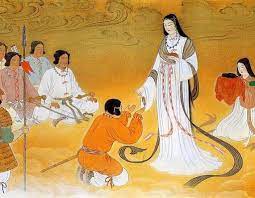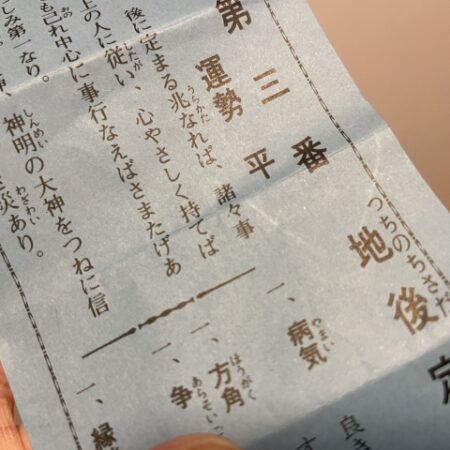Japanese mythology features a multitude of gods, each with their own fascinating stories and symbolic meanings. However, it's surprisingly rare to find a summary detailing which god is responsible for what, or what actions they are known for.
Therefore, this time, we introduce ten famous deities. I hope this piques your interest in Japanese mythology!
Amaterasu Omikami
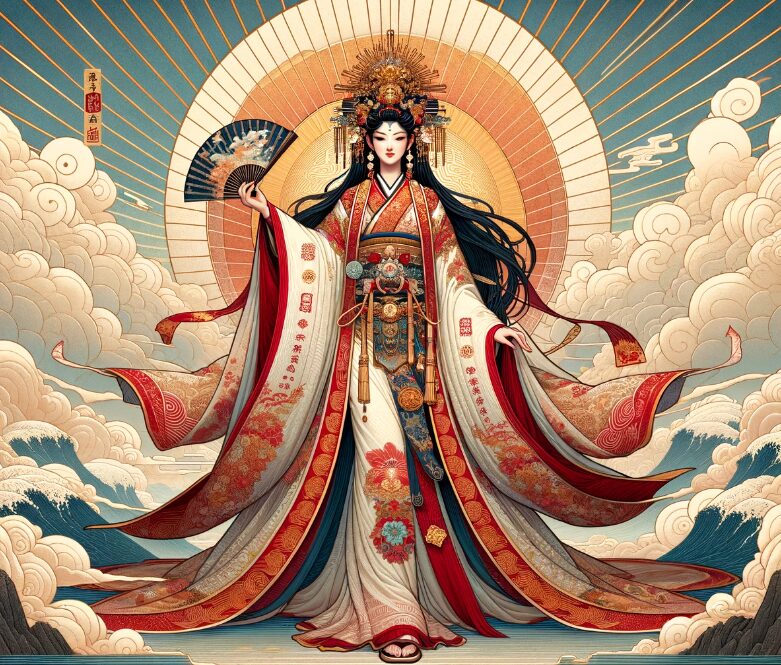
Amaterasu Omikami is the sun goddess and one of the most important deities in Japanese mythology. She is worshipped in Takamagahara as the shining sun, the source of all life. A famous story about her is when she was distressed by the bad behavior of her brother, Susanoo, and hid in the Amano-Iwato cave, plunging the world into darkness because the sun goddess was absent.
Tsukuyomi-no-Mikoto
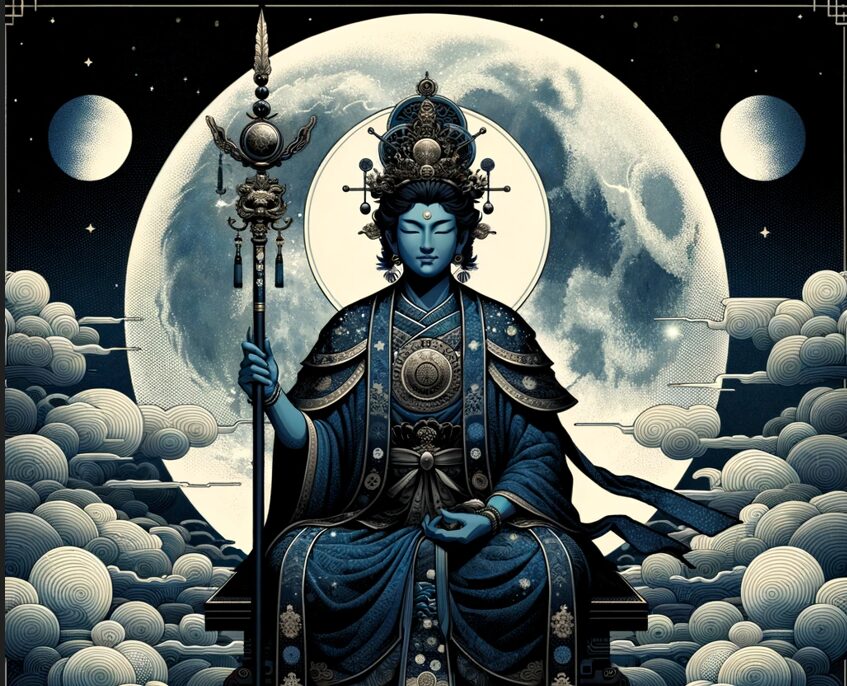
Tsukuyomi-no-Mikoto is the god of the moon and the brother of Amaterasu Omikami, the sun goddess. He rules the night sky, symbolizing the beauty and mystery of the night. His calm and cautious nature is reflected in the quiet and gentle light of the moon.
One day, Tsukuyomi was ordered by Amaterasu to check on the god Uke Mochi. Upon meeting her, Tsukuyomi was appalled by her unclean behavior and killed her. This enraged Amaterasu, who then severed ties with Tsukuyomi, leading to the complete separation of day (sun god: Amaterasu) and night (moon god: Tsukuyomi).
Remarkably, from the body of the slain Uke Mochi, foodstuffs such as rice and soybeans emerged. When Amaterasu planted these seeds in the fields, they yielded a bountiful harvest, which is said to be the origin of food.
Susanoo
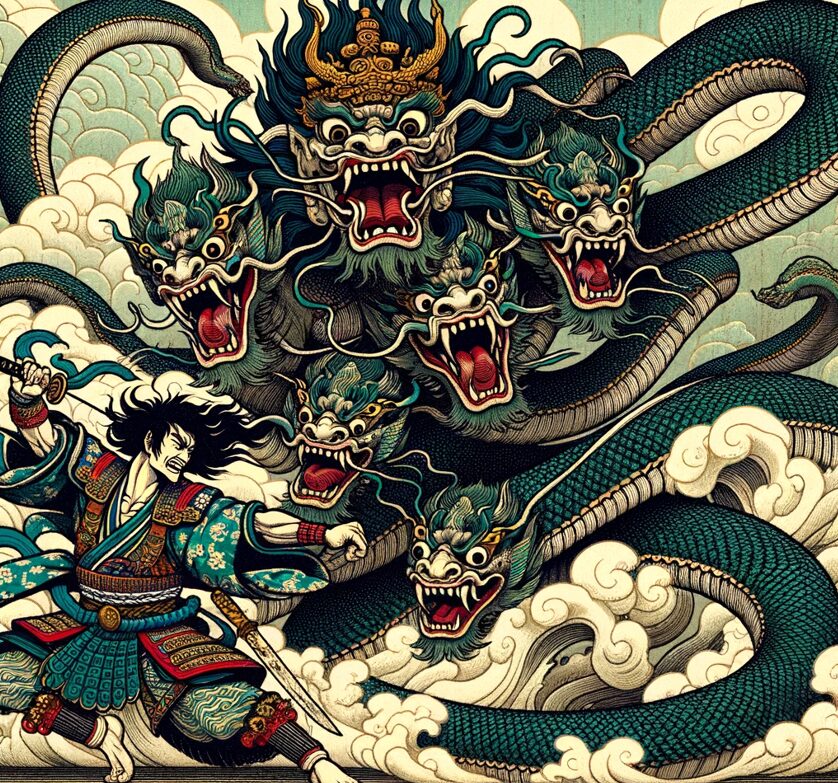
Susanoo is the god of the sea and storms, and the brother of Amaterasu Omikami and Tsukuyomi-no-Mikoto. He is brave yet sometimes violent, embodying the ferocity of the natural world. His most famous tale is the slaying of the eight-headed serpent, Yamata-no-Orochi.
Susanoo encountered a maiden who was the eighth and last daughter to be devoured annually by the serpent. In tears, she lamented that it was her turn to be eaten. To save her, Susanoo disguised himself as the maiden. He then built a fence with eight gates around the house, placing a vat of potent sake at each gate.
As expected, Yamata-no-Orochi appeared, lured by the fragrance of the sake. Each of its eight heads passed through a gate and drank the sake, becoming intoxicated. Taking advantage of its drunken state, Susanoo attacked and killed the serpent with his sword.
During this battle, a splendid sword was found inside Yamata-no-Orochi's body. This sword, later known as the Kusanagi-no-Tsurugi, became one of the Imperial Regalia of Japan, symbolizing the valor and virtue of the imperial lineage.
Izanagi-no-Mikoto and Izanami-no-Mikoto
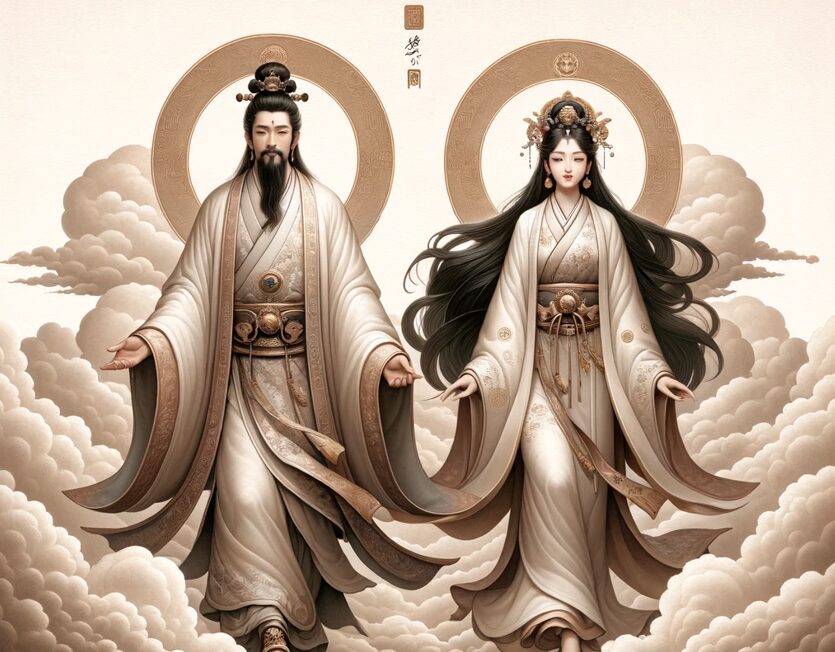
Izanagi-no-Mikoto and Izanami-no-Mikoto are creator deities who are said to have given birth to many islands, including the Japanese archipelago. Their story contains profound lessons about the creation of life and nature.
Izanami died giving birth to Kagutsuchi, the god of fire, and departed for the underworld. Deeply in love with Izanami, Izanagi killed Kagutsuchi and ventured to the underworld to plead with Izanami to return to the world of the living. Izanami replied:
"I have already eaten the food of the underworld, so I cannot return. But for you, my dear, I will consult with the gods of the underworld. Please wait for me and do not look at my appearance in the meantime."
However, being told not to look often awakens a desire to do just that. Izanagi, unable to resist, saw Izanami's grotesque form and fled in terror. Enraged at being seen in her state of death, Izanami chased after Izanagi, intending to harm him. This story continues to unfold even in death, showcasing the enduring tale of Izanagi and Izanami.
Sugawara-no Michizane
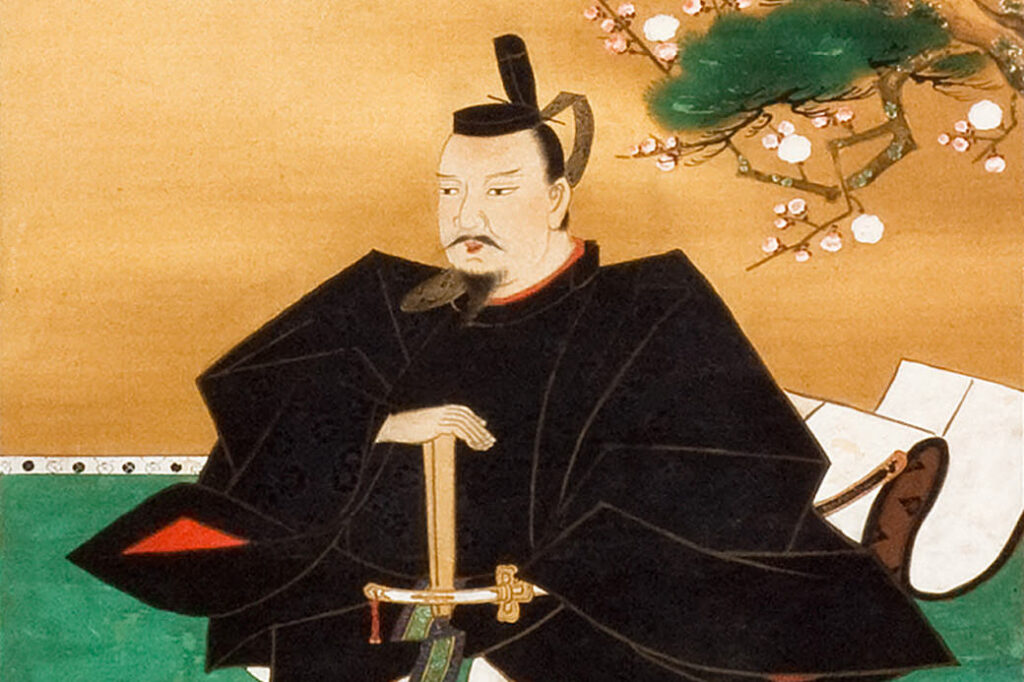
Sugawara no Michizane, a real historical figure from the Heian period, is widely worshipped as the deity of learning. During his lifetime, he was active in the political arena, but after his death, he was deified and became a symbol of academic success and prayers for passing exams.
(Image reference: 大宰府天満宮)
Inari Okami
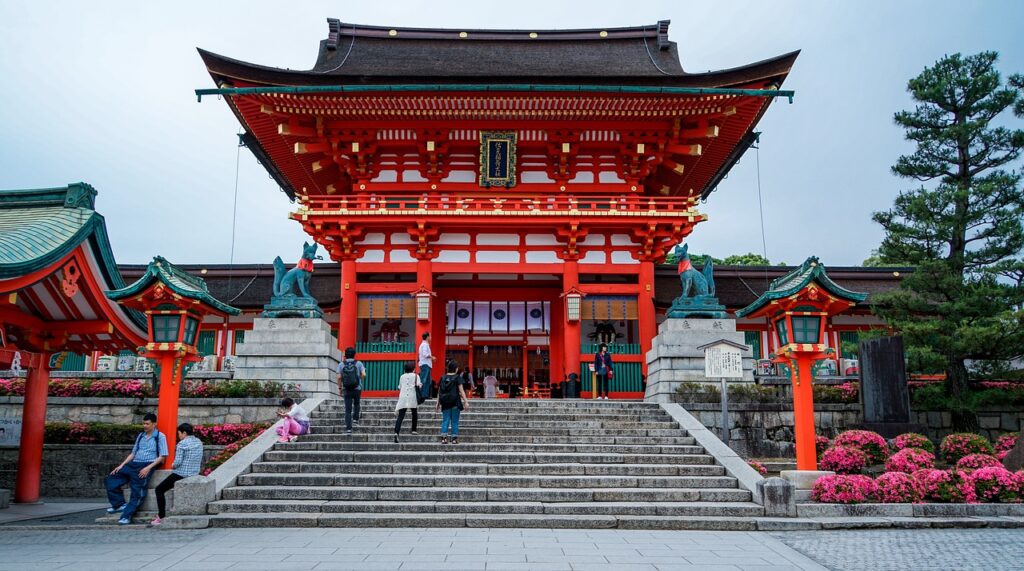
Inari Okami is the deity of agriculture, particularly rice cultivation and fertility, and is worshipped at many Inari shrines with foxes as messengers, believed to bring prosperity in business and abundant harvests.
The reason Inari Okami is called the god of rice cultivation and fertility stems from a tale where a noble family shot arrows at mochi, which turned into a white bird and flew to a mountain abundant with ripe rice. The family built a shrine there, naming it "Inari," originally written as "Ina-i" (rice life), explaining why Inari Okami is associated with rice and fertility.
Okuninushi-no-Mikoto
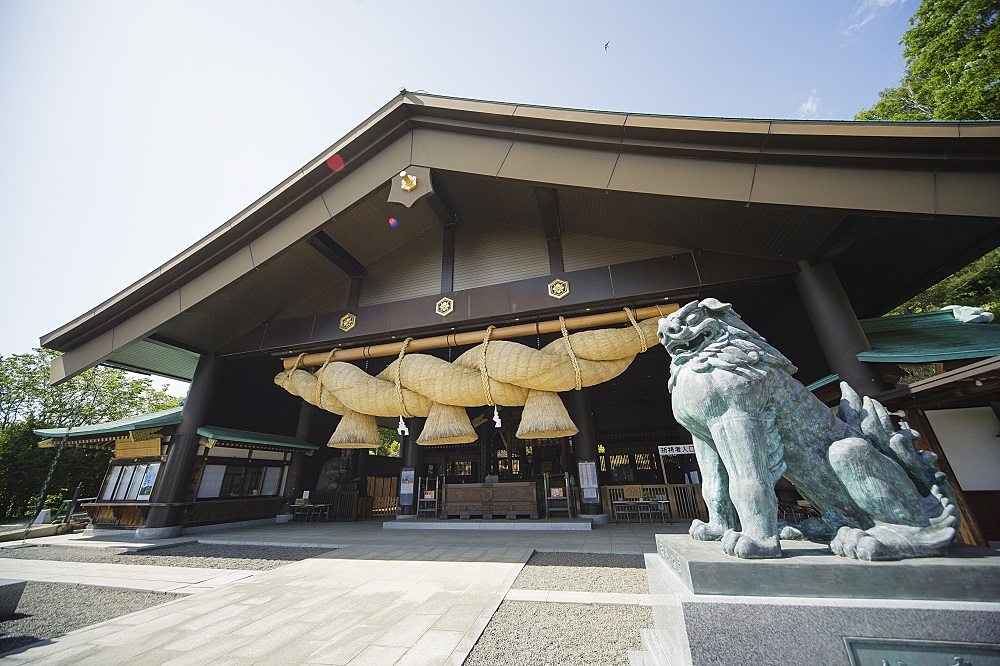
Okuninushi-no-Mikoto, the deity of land and nation, governs rich nature and national prosperity. He is considered a descendant of Susanoo and is worshipped by those seeking bountiful harvests and safe lives. A famous story involves him ceding his land to the gods sent by Amaterasu in the "land transfer."
Yaoyorozu no Kami

Yaoyorozu no Kami refers to the myriad of gods, a central concept in Shinto reflecting the harmony with nature, where every element in nature, like mountains, rivers, trees, and rocks, is believed to house divine spirits.
Ebisu
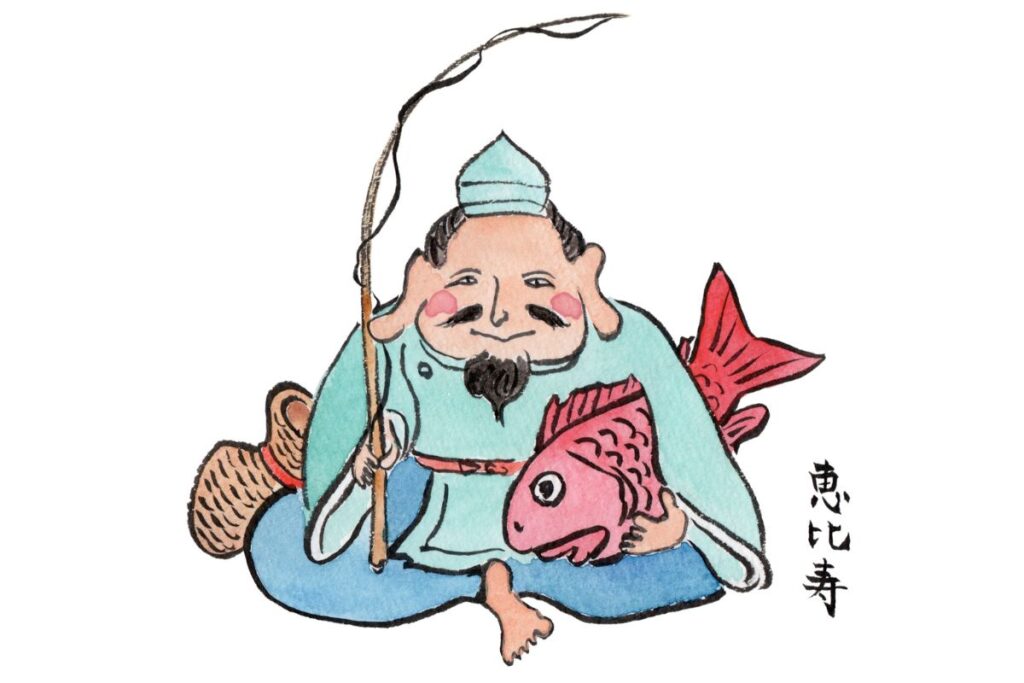
Ebisu, the guardian deity of sea safety and fishing, is worshipped by fishermen and those associated with the sea, also revered for bringing health and healing. Born weakly as the first child of Izanagi and Izanami and cast into the sea, he became known as Ebisu, symbolizing abundance and good fortune.
The deity of Mount Fuji
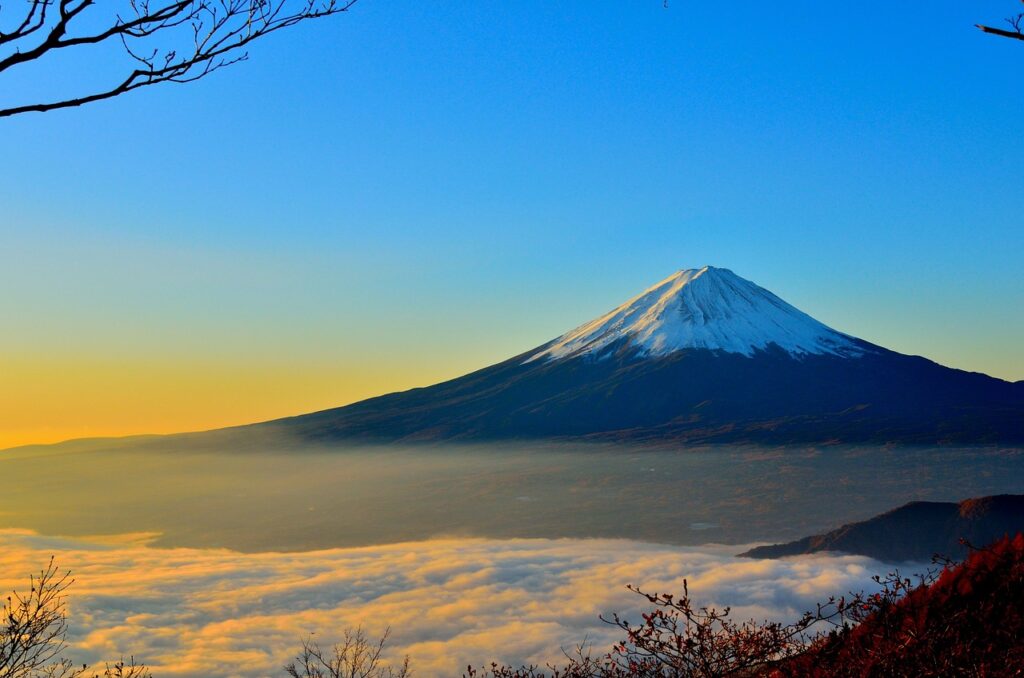
The deity of Mount Fuji protects Japan's most famous and sacred mountain, revered for its beauty and majesty, influencing literature and art. This god symbolizes the power and beauty of nature, worshipped by climbers and artists, also believed to calm volcanic activity, representing the harmony and awe towards nature in Japanese culture.
Summary
These deities play significant roles in Japanese mythology and deeply root in the culture and faith, each with unique stories and symbols influencing daily life and the perception of nature.
For those intrigued, visiting shrines dedicated to your favorite deity could deepen your interest in Japanese culture.



